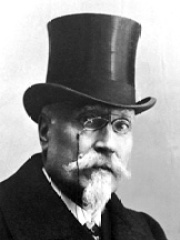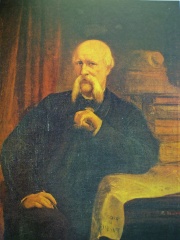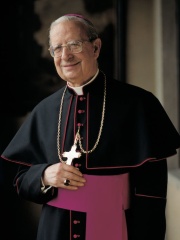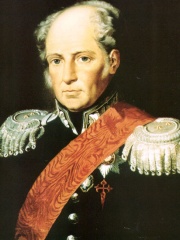



The Most Famous
ENGINEERS from Spain
This page contains a list of the greatest Spanish Engineers. The pantheon dataset contains 389 Engineers, 4 of which were born in Spain. This makes Spain the birth place of the 16th most number of Engineers behind Switzerland, and India.
Top 4
The following people are considered by Pantheon to be the most legendary Spanish Engineers of all time. This list of famous Spanish Engineers is sorted by HPI (Historical Popularity Index), a metric that aggregates information on a biography's online popularity.

1. José Echegaray (1832 - 1916)
With an HPI of 73.61, José Echegaray is the most famous Spanish Engineer. His biography has been translated into 81 different languages on wikipedia.
José Echegaray y Eizaguirre (19 April 1832 – 14 September 1916) was a Spanish civil engineer, mathematician, statesman, and one of the leading Spanish dramatists of the last quarter of the 19th century. He was awarded the 1904 Nobel Prize in Literature "in recognition of the numerous and brilliant compositions which, in an individual and original manner, have revived the great traditions of the Spanish drama".

2. Ildefons Cerdà (1815 - 1876)
With an HPI of 68.73, Ildefons Cerdà is the 2nd most famous Spanish Engineer. His biography has been translated into 35 different languages.
Ildefons Cerdà Sunyer (Catalan pronunciation: [ildəˈfons səɾˈða i suˈɲe]; Spanish: Ildefonso Cerdá Suñer; 23 December 1815, Centelles (Catalonia) – 21 August 1876, Caldas de Besaya (Cantabria)) was a Spanish urban planner and civil engineer who designed the 19th-century "extension" of Barcelona called the Eixample. Because of his extensive theoretical and practical work, he is considered the founder of modern town planning as a discipline, having coined the word "urbanization".

3. Álvaro del Portillo (1914 - 1994)
With an HPI of 63.34, Álvaro del Portillo is the 3rd most famous Spanish Engineer. His biography has been translated into 27 different languages.
Álvaro del Portillo y Diez de Sollano (11 March 1914 – 23 March 1994) was a Spanish Catholic bishop and engineer who served as the prelate of Opus Dei between 1982 and 1994. Church leaders Pope John Paul II and Cardinal Carlo Caffarra have praised Portillo as a faithful servant of God. John Paul II referred to him as a "good and faithful servant" while Caffarra dubbed him a "disciple of Christ". His cause of sainthood commenced on 21 January 2004 after being titled as a Servant of God. The confirmation of his heroic virtue on 28 June 2012 allowed for Pope Benedict XVI to name him as Venerable. He was beatified on 27 September 2014 in Madrid in a Mass that Cardinal Angelo Amato presided over on the behalf of Pope Francis.

4. Agustín de Betancourt (1758 - 1824)
With an HPI of 59.80, Agustín de Betancourt is the 4th most famous Spanish Engineer. His biography has been translated into 15 different languages.
Agustín de Betancourt y Molina (1 February 1758 – 24 July 1824) was a Spanish engineer, who worked in Spain, France and Russia. His work ranged from steam engines and balloons to structural engineering and urban planning. As an educator, Betancourt founded and managed the Spanish Corps of Civil Engineers and the Saint Petersburg Institute of Communications Engineers. As an urban planner and construction manager, Betancourt supervised planning and construction in Saint Petersburg, Kronstadt, Nizhny Novgorod and other Russian cities.
People
Pantheon has 4 people classified as Spanish engineers born between 1758 and 1914. Of these 4, none of them are still alive today. The most famous deceased Spanish engineers include José Echegaray, Ildefons Cerdà, and Álvaro del Portillo.
Deceased Spanish Engineers
Go to all RankingsJosé Echegaray
1832 - 1916
HPI: 73.61
Ildefons Cerdà
1815 - 1876
HPI: 68.73
Álvaro del Portillo
1914 - 1994
HPI: 63.34
Agustín de Betancourt
1758 - 1824
HPI: 59.80
Overlapping Lives
Which Engineers were alive at the same time? This visualization shows the lifespans of the 4 most globally memorable Engineers since 1700.

